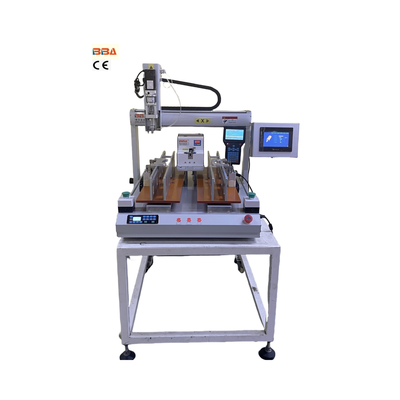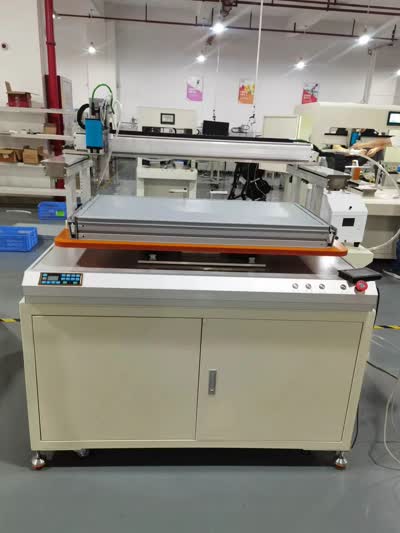Automatic Screw Locking System Software | Industrial Automation

| Product Name | Applicable industries |
| Dual Head Screwdriver | LED Lighting Industry |
Industrial automation continues to revolutionize manufacturing processes, and one of the key technologies driving efficiency on assembly lines is the automatic screw locking system. While the hardware components of these systems often receive significant attention, the software that powers them is equally critical. This article explores the sophisticated software behind automatic screw locking systems and how it enables precision, reliability, and seamless integration in modern industrial environments.
At the core of any automatic screw locking system is a dedicated control software designed to manage the entire fastening process. This software acts as the brain of the operation, coordinating the movement, alignment, and torque application of each screw with exceptional accuracy. It processes real-time data from sensors and vision systems to ensure that screws are placed correctly and tightened to the exact specifications required. This level of precision minimizes errors, reduces waste, and enhances the overall quality of the assembled product.
One of the primary functions of the software is torque control. By monitoring and adjusting the torque applied during the fastening process, the software ensures that each screw is tightened consistently and within predefined parameters. This is particularly important in industries where product safety and reliability are paramount, such as automotive, aerospace, and electronics manufacturing. The software can detect anomalies, such as cross-threading or stripped screws, and immediately halt the process to prevent damage to the product or the equipment.
Another critical aspect is the system's ability to integrate with broader manufacturing execution systems (MES) or enterprise resource planning (ERP) software. This integration allows for seamless data exchange, enabling manufacturers to track production metrics, monitor equipment performance, and analyze process efficiency in real time. The software can generate detailed reports on each fastening operation, providing valuable insights for quality control and continuous improvement initiatives.
User-friendly interfaces are also a hallmark of modern automatic screw locking software. Operators can easily configure and monitor the system through intuitive graphical interfaces, which display real-time status updates, error messages, and diagnostic information. This simplifies troubleshooting and reduces downtime, as operators can quickly identify and address issues without needing extensive technical expertise.
Furthermore, the software often includes advanced features such as predictive maintenance algorithms. By analyzing historical data and monitoring equipment conditions, the software can predict when components may require servicing or replacement. This proactive approach helps prevent unexpected failures and extends the lifespan of the machinery, contributing to higher overall equipment effectiveness (OEE).
In conclusion, the software behind automatic screw locking systems is a sophisticated and indispensable component that drives precision, efficiency, and reliability in industrial automation. Its ability to control torque, integrate with broader systems, provide user-friendly interfaces, and enable predictive maintenance makes it a vital tool for modern manufacturing. As technology continues to evolve, we can expect these software solutions to become even more intelligent and adaptive, further enhancing their role in the factories of the future.

